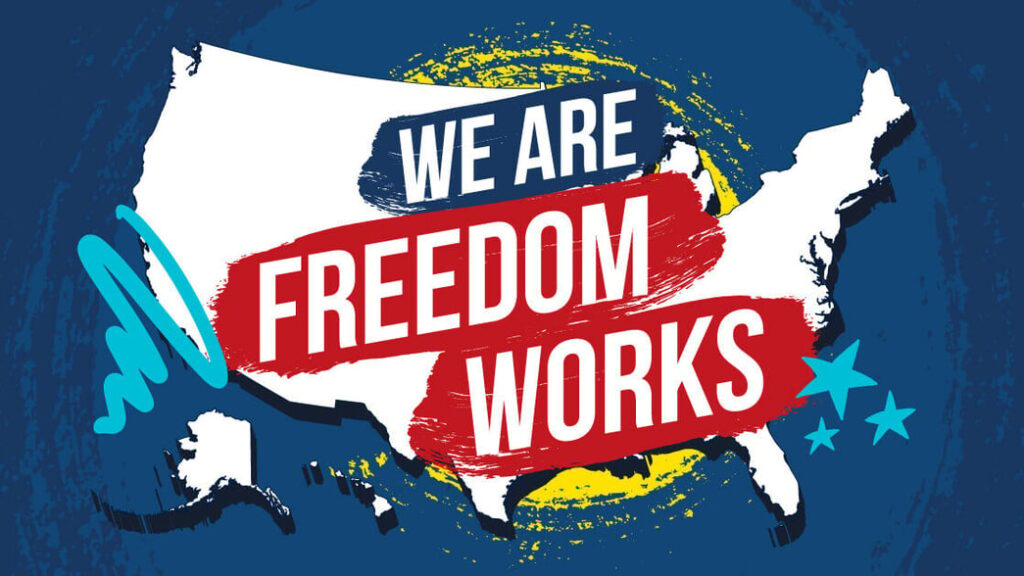In One Health Care Market, Costs Are Actually Dropping
Throughout the nation, politicians are screaming about the soaring cost of medical care. The jump in prices was the primary argument used to force Obamacare on an unwilling public.
But did you know that the price for one area of medical services has actually fallen over the past 20 years? If you adjust for inflation, these health care costs have dropped by about a third. How is this possible? Because consumers pay for these expenses out of pocket instead of through insurance or expensive government programs.
Since 1992, the price of all medical care has increased an average of 118 percent, with an inflation rate that has increased by 64 percent. But the free-market cosmetic surgery sector only saw prices rise about 30 percent. Once you take inflation into account, that’s a big price drop, despite significant innovation and a massive increase in demand.
The reason for this industry’s price drop is simple: Competition.
Free-market forces have kept down costs in several ways, according to Devon Herrick at the National Center for Policy Analysis:
- Doctors adjust their fees to stay competitive, even offering package deals.
- The industry aggressively develops new products and services to expand the market. When cash-paying patients demand procedures, doctors rush to provide them.
- Any licensed physician can enter the field, eliminating costly barriers to entry.
- Entrepreneurial physicians are creating new ways to market their services, including email deals and Groupon-type discounts.
Ultimately, the consumer drives the savings. When people are paying their own money for Botox or laser skin resurfacing, they will clip coupons, shop around and bargain until they get the best service at the best price.
This isn’t the case with other medical services. When someone else is picking up the tab, there’s no incentive for patients to shop for the best rates or for doctors to better market their services.
Competition doesn’t only keep prices in check, it also improves quality. Herrick notes that the price of conventional Lasik corrective eye surgery fell by about 25 percent in the past dozen years. But eye surgeons who wanted to market themselves to a higher-end clientele introduced a more advanced IntraLase method. Today IntraLase costs about what conventional Lasik did in 1999.
By hiding the price from consumers, American health care costs have grown out of control. This problem won’t be solved by hiding costs even further. The more we can open health care to the free market, the less we’ll need to pay.
Follow Jon on Twitter at @ExJon.
Related Content
FreedomWorks Letter to Congress in Support of the Fiscal Commision Act (H.R. 5779)
FreedomWorks Letter to Congress in Support of Fiscal Commision Act (H.R. 5779)




